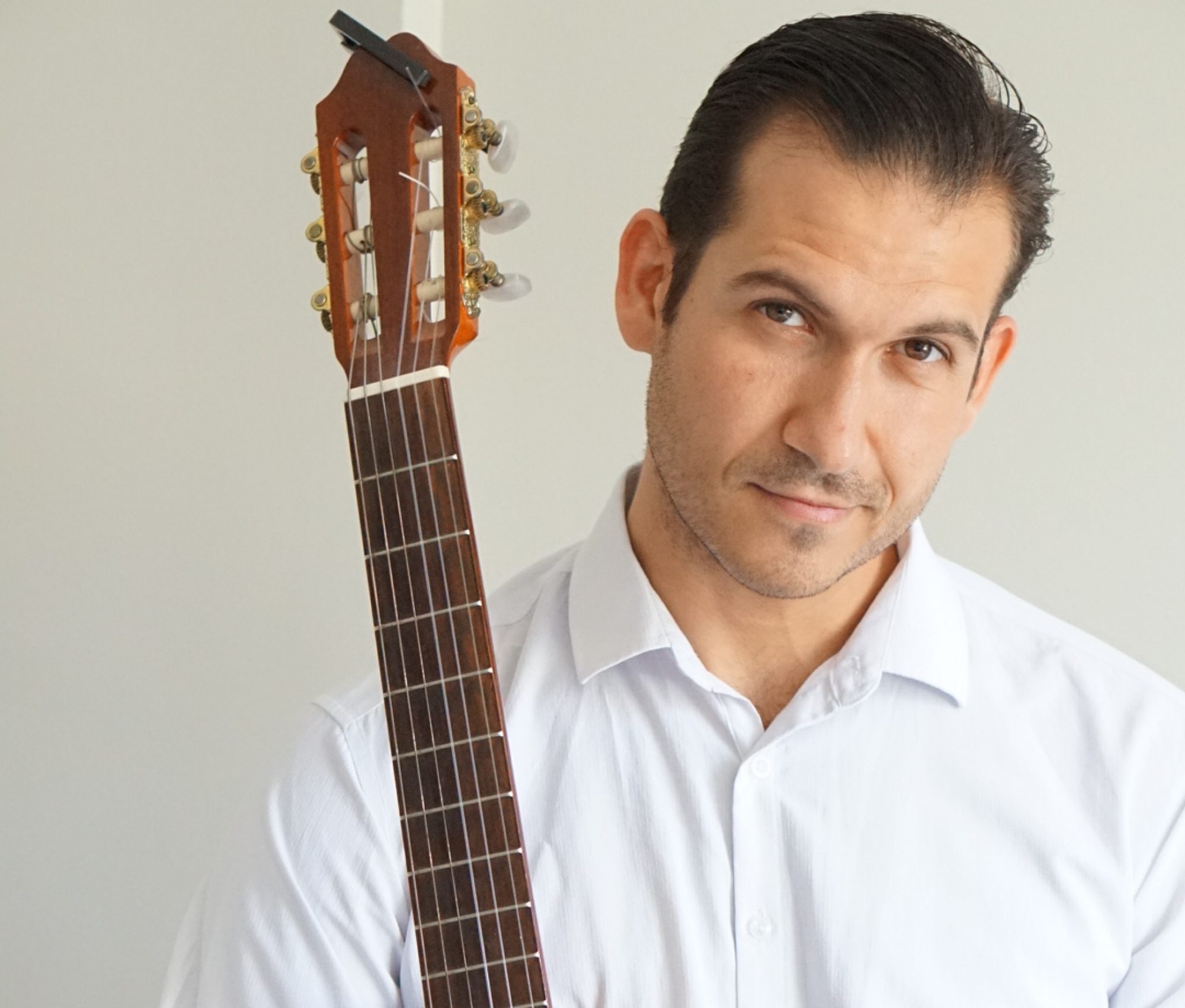When we try to hit a pitch, we are trying to hit an exact sound, that falls on a particular note, which can be found on an instrument, such as a piano.
Notice that instruments need to be regularly tuned – except for electronic instruments – as they are tuned at the time of creation only.
If you don’t tune a piano or a guitar to the exact note, what happens? You get an OFF pitch sound. This means the instrument has been tuned to a pitch that is not accurate (or it has fallen out of tune over time by itself).
People use tuning tools to aid in getting the right pitch – for example an electronic guitar tuner to tune guitars, or a pitch pipe to help choral singers get their right starting note.
So if a note is not in tune when you start to play an instrument, every time you play the off pitch note, it will sound wrong, by the degree that it is off pitch. The degree that it is off or on pitch is what I call pitch accuracy.
It could be tuned to a completely different note, making it off key, or it could be tuned to the right note, but a little too high (sharp) or a little too low (flat) and variations of ‘a little’ to ‘a lot’.
This is exactly what happens when you attempt to sing a pitch in a song. If you don’t hit that note in exactly the right spot (hertz measurement – which is what the guitar tuner or pitch pipe does for us), you will sound unpleasant as you sing a melody.
Now picture this – a song has approx 300 notes – that means you have 300 times when you might sing a note with less than perfect accuracy (flat, sharp, or wrong note entirely).
Because a song moves so fast generally, the lyrics are changing at a quick pace for a beginner or intermediate who is unaware of how to hit a note accurately – the likelihood of sound unpleasant or average is high.
Usually to counter this, and learn to sing with a high level of pitch accuracy of every one of those approx 300 notes per song, you need to spend a lot of time with an instrument – listening to the notes of a song, and then ‘tuning’ your voice against those notes, the exact way you would when tuning a guitar with a guitar tuner.
This process is difficult for a voice, as a guitar tuner tells you where the note is that you are playing on guitar – so you have a guide as to whether you are flat, sharp or on the wrong note entirely.
With voice, it is not the common teaching method to for a student to see what their voice is doing. This is because we didn’t have this technology available in the past, so singing well and getting lessons was reserved for those that already had a certain amount of pitch making ability, as a gift from birth most likely – part of their genetics.
Now that we have this technology, anyone can see the note they are singing.
I have create software which allows you to input entire melodies, from one note to many notes at a time – and sing along with each note, while a graph accurately depicts your level of pitch accuracy. This way, you can learn to ‘tune’ your voice to a melody with a visual guide, as opposed to just having to guess if you are singing the right note with a singer, teacher or piano.
So get started tuning your voice using your favourite melodies and watch the difference it will make to your overall sound. People mistakenly think that tone is a magical element that we have or don’t have. In reality, your tone is sculpted as you tune your voice. Notice how a guitar sounds beautiful (when in tune) – even a cheap guitar. This is because it is the perfect pitch accuracy which gives a sound it’s pleasant tone (from the tuning of the guitar with a guitar tuner tool).
So too will your vocal tone sound pleasant as you gradually become more and more pitch accurate on every one of those approx 300 notes in a song.
This is not easy to do – it takes persistence and hundreds of thousands, if not millions of repetitions – but using this tool, you can know for sure how to direct your repetitions, instead of being unaware of your accuracy.
Thanks
Rached Hayek
